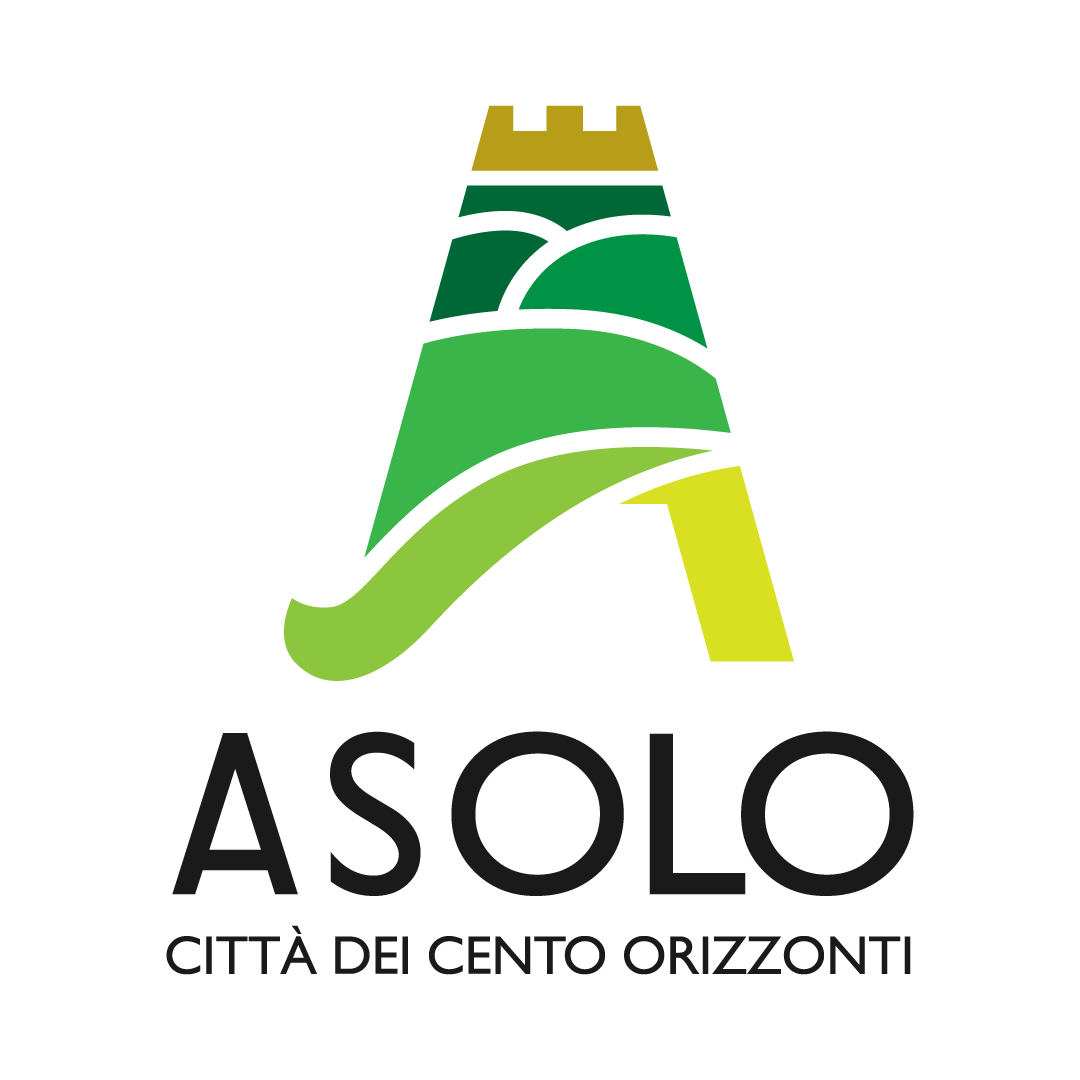Defined by Giosuè Carducci the City of a Hundred Horizons, Asolo is one of the most picturesque old town centres in Italy. Contained within the ancient walls that branch off from the 12th century fortress, in every corner it preserves testimonies of its thousand-year old history.
A fascinating place on the rolling Asolan hills, Asolo was a destination for poets and writers, artists and travellers that found inspiration and harmony here. Among them the English poet Robert Browning, the Divine theatre actress Eleonora Duse, the composer Gian Francesco Malipiero, the English writer and traveller Freya Stark.
A visit to Asolo allows you to combine the pleasure for history and culture with that of dining. In taverns, restaurants, cafes and wine bars that overlook the characteristic arcades and squares you can enjoy delicious dishes prepared with the finest local produce and linked to the Venetian culinary tradition, such as the delicious Cicchetti. All accompanied by a glass of sparkling Asolo Prosecco Superiore DOCG, the excellence of our land.
The history of Asolo
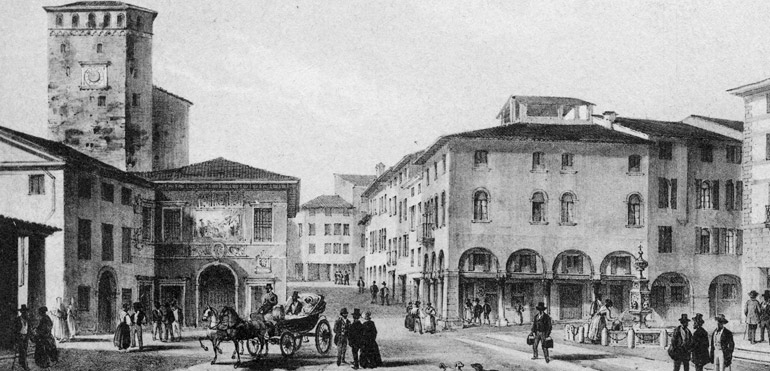
Its great location and wonderful climate made Asolo a population centre right from prehistoric times and later a principal settlement for the Veneto people. Acelum, the Asolo of Roman times, went through a period of great expansion: the town that also became municipium, developed mainly between the first century BC and the first century AD. Archaeological remains and findings – housed in a special section of the City Museum- document the present of a spa, an aqueduct, a forum and a theatre testifying to the importance of Asolo in Roman times. A very ancient centre of Christianity as far back as the sixth century, the city had a bishop and was the centre of the diocese until 969 when it became enfeoffed to the bishopric of Treviso. At different times between the XIth and XIVth centuries it knew the hegemony of various powerful families (Tempesta, Ezzelini, da Camino, Scaligeri, Carraresi) and finally fell under the sway of Venice.
From the end of the fourteenth century with the Venetian denomination, the centre entered a period of great splendour. In 1489 Venice bestowed upon Caterina Cornaro, former Queen of Cyprus, the Seigniory of Asolo. She created a magnificent Renaissance court of artists, men of letters and poets and left an indelible imprint in the art and in the very ideal of the city. Through Venice, Asolo received far-reaching urban reorganisation and its big brother bound it to itself and its aristocracy inextricably until the fall of the Venetian Republic. “Asolo is Venice and Venice is Asolo” goes the saying to underline the similarity of the atmosphere that is demonstrated in the architecture and in the spirit of the towns.
The year 1797 saw the entrance of Napoleon. In the nineteenth century under the dominion of Austria, Asolo was involved in the reforms of the civil institutions and by a programme of public works, such as the revamping of the Duse Theatre. It finally became part of the Kingdom of Italy in 1866. A curious testimony to the events in Asolo’s history during the XIXth century is the old clock with an enormous pendulum hidden behind the counter in a wine shop in via Browning, not far from the Teatro dei Rinnovati. The events of the city’s history are noted down here starting from the beginning of the nineteenth century.
The characters
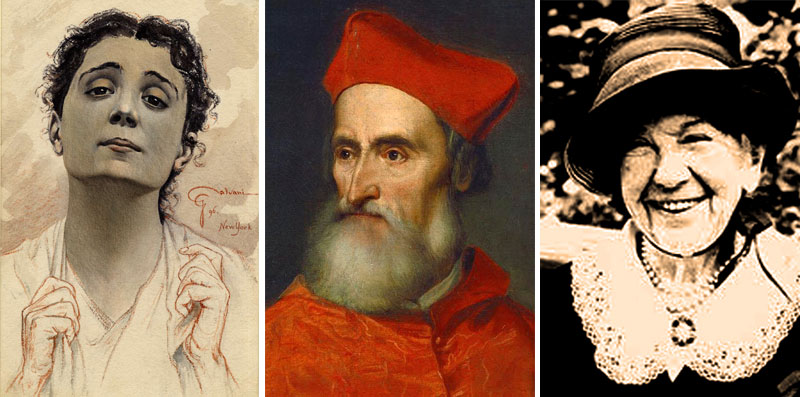
The fascination of the art, the magic of the landscape, the ideal of a perfect refuge for the body and the soul have attracted many famous personalities to Asolo; people who have loved the city and lived there, down the ages. First and foremost three women Caterina Cornaro, Eleonora Duse and Freya Stark had deep ties with the city.
Travellers, enterprising, non-conformists and intellectuals of world wide fame they contributed to establishing the very image of Asolo as an ideal of beauty and place of choice.
Caterina Cornaro, former queen of Cyprus, in exile in Asolo from 1489, was able to create a splendid renaissance court in the Castle that bears her name to this day.Eleonora Duse, star of the international theatre world came to rest in Asolo after the demands of the stage and chose to be buried there too. Freya Stark, explorer, author and photographer kept Asolo as her favourite destination when she came back from her journeys and she also is buried there in the cemetery of S.Anna.
The ranks of artists and intellectuals who lived and were seduced by Asolo were also numerous:
Pietro Bembo wrote the “Asolani” in the years he stayed with Queen Cornaro; the nature he immersed himself in still lives in the paintings of Giorgione, Lotto; and Bassano; the grace of the landscape inspired the genius of Palladio, Massari and Canova; Giosuè Carducci called it the “the city of a hundred horizons”; the poet Robert Browning recounted the essence of living as an Asolan through his verses in “Asolando”, Gian Francesco Malipiero composed the “Poemi asolani” for piano.
Especially in the century between 1800 and 1900 Asolo seemed to affirm its character as a place of beauty, a spot everyone wanted to live in and cultural tradition attracting illustrious personalities, intellectuals and artists from home and abroad: they included Eugene Benson, Henry James and Carlo Scarpa, Marius Pictor, Filippo De Pisis, Igor Strawinsky, Ernest Hemingway.
Eleonora Duse
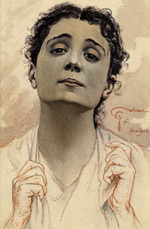
ELEONORA DUSE was born in 1858 in Vigevano into a family of wandering artists, Vincenzo (stage name Alessandro) Duse, originally from Chioggia, and Angelica Cappelletto. She started treading on the boards at a tender age with her parents, and proved her talent in 1873 when she played Juliet at the Arena of Verona.
She joined various companies, and then founded one with famous Giacinta Pezzana, with whom in 1877 she successfully staged Emile Zola’s drama Thérèse Raquin in Naples. From 1880 to 1887 she performed with Cesare Rossi’s Compagnia Città di Torino, gladly playing Dumas’s characters (Princess of Baghdad, Lady of the Camellias, Wedding Visit and Claude’s wife).
he soon separated from her husband, actor Tebaldo Marchetti (stage name Tebaldo Checchi) from whom she had a daughter, Enrichetta. Between 1885 and 1904 she experienced two great passions, which enormously impacted on her artistic life as well: Arrigo Boito, poet and Verdi’s librettist, and Gabriele D’Annunzio, who basically started his theatre production because of Eleonora Duse (Sogno di un mattino di Primavera / The Dream of a Spring Morning, Gioconda, Gloria, La Città Morta / The Dead City, Francesca da Rimini). In 1909, at the age of 51, she suddenly left the stage, but this did not prevent her from working on her only film, Cenere / Ashes (1916) taken from the homonymous novel by Grazia Deledda. She returned in 1921, presenting her new repertoire with pieces by Ibsen and D’Annunzio (The lady of the sea, La città morta / The Dead City, The Ghosts), by Marco Praga (La porta chiusa / The Closed Door) and by Tommaso Gallarati Scotti (Così sia). In 1923, though in poor health, she started a new tour in the United Stated, and passed away in Pittsburgh in April 1924.
Pietro Bembo
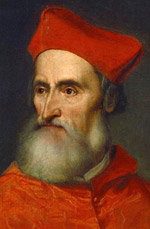
PIETRO BEMBO (1470-1547), born into a Venetian noble family, was started by his father in humanistic studies, which he completed in Messina at Lascaris Greek school. Back in Venice, he participated in Aldo Manuzio’s editorial-cultural programme.
He held important public offices and became in 1530 official historian of the Venetian Republic; in 1539 he was made cardinal.Being a cousin of Caterina Cornaro, he came to Asolo in 1495 for the wedding of the Queen’s damsel.
His stay in town inspired the setting for Asolani (1505), dialogues in three volumes alternating prose and verses, in which he brings forward the idea of a spiritual love, contemplative desire for beauty. Yet his fame is linked to the Prose della volgar lingua (1525), a work that affirmed the exemplarity of fourteenth-century authors (mostly Tetrarca and Boccaccio) and gave origin to the language question.
Caterina Cornaro
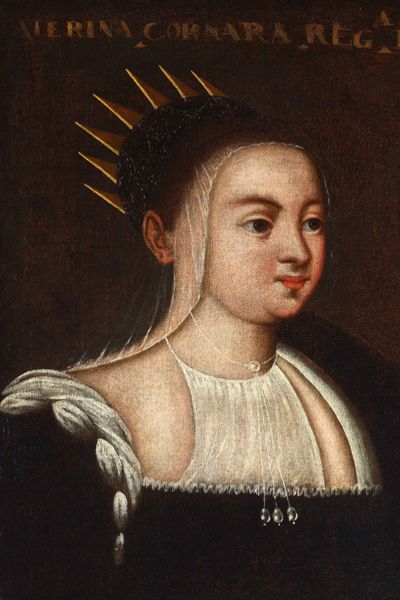
CATERINA CORNARO was born in 1454 in San Cassiano, a Venetian palace overlooking the Grand Canal; her parents were the noble knight Marco Cornaro and Fiorenza Crespo.
The Cornaro (or Corner) family achieved dogado (dukedom) in 1365 with eighty-year old Marco, and became rich and powerful thanks to the fruitful trade with the Levant, in particular with Cyprus. In this island, the various family branches owned large landholdings and plantations and had set up ties – also at economic level – with the ruling house of Lusignano (of the royal house of Borgogna), who in 1192 replaced the Templar Knights in the island government.
Both Caterina’s uncle Andrea, and her father Marco were habitual visitors, and financiers, of the Nicosia court: thanks to Venetian support, James II Lusignan, named “The Bastard”, had come to the throne. The same Andrea had lent great amounts of money to the king so that he could face the Turkish threat. Moreover, it seems that it was uncle Andrea who suggested to the king the marriage with his niece Caterina, envisaging the advantage of a marital bond with a daughter of Venice. Caterina married the king of Cyprus by proxy in a lavish ceremony in Venice (1468), and was then “adopted” by the city; she joined her husband on the island only in 1472, where she was crowned “Queen of Cyprus, Jerusalem and Armenia”. Upon death of James II in 1473 and of her young son James III in 1474, Caterina Cornaro governed Cyprus until 1489, when because of Venetian ambitions she was forced to surrender her kingdom to the Serenissima, obtaining in exchange the domination of the land of Asolo. Here the queen dwelt in the Castle fortress, which had become the rendezvous for artists and illustrious people (Pietro Bembo set the conversations of love of Asolani at the Asolo court). Between 1491 and 1493 she had a country villa built up and decorated in Altivole, at the foot of the hills of Asolo, which Bembo named Barco. The queen spent the last part of her life between Asolo and the palaces of Venice, and passed away in 1510 in San Cassiano palace.
Robert Browing
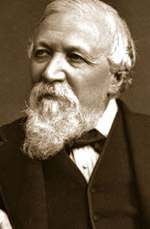
ROBERT BROWNING, (London 1812-Venice 1889), already author of verses Pauline (1833) and Paracelsus (1835) as well as of the historical tragedy Strafford (1837), visited Italy for the first time in 1838 to study on spot the setting for his poem called Sordello.
Afterwards he went to Trieste, Venice, Treviso, Bassano, Asolo, Vicenza, Padua and his first stay in Asolo inspired the dramatic tetralogy Pippa Passes (1841). During his second journey to Italy in 1844 he went to Naples, Rome and Livorno where he probably drew inspiration for the patriotic poems The Italian in England and The Englishman in Italy (1845) and for The Patriot (1849). At the end of 1846 the poet was back in Italy, first in Pisa, then in Florence where he spent fifteen years beside his wife, English poetess Elisabeth Barrett.
In 1861 his spouse died and he returned to England with his young son Pen, but was back in Italy on several occasions from 1878 on the lake Como, in Fiera di Primiero and mostly in Asolo and Venice, the places of his early inspiration. In December 1889 his last poem was published, Asolando, dedicated to his friend from Asolo Caterina Bronson. He passed away shortly after that in Venice on the 12th of December 1889 in Rezzonico palace, which had been bought by his son a few years earlier.
Freya Stark
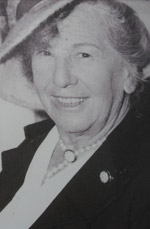
Explorer and writer FREYA STARK was born in Paris in 1893. Her parents, both English, brought her up in France, England and Italy. As a child she lived in Asolo for a long time, then in 1911 she went to study at Bedford College, but the tragic fortunes of the war took her back to Italy, where she helped as a Red Cross nurse on the Carso area. Being charmed by faraway lands, she started learning Arabic in 1927 and went on frequent journeys to the Near and Middle East.
She got in touch with the Royal Geographical Society, which in 1933 awarded her the Back memorial Prize for her cartographic contributions and trips to Luristan. In the following years she collected literary successes, collaborations with the British government, the BBC and the Royal Asia Society.
During the second world war she was in Yemen, at the age of 76 she left for Persia and then for Afghanistan and Iraq. In 1972, thanks to her reckless life, she received the title of honour “Dame Freya Stark” by the Queen of England. She went to Nepal on her last expedition at 88, and then settled down in her house in Asolo, where she died in 1993 at the age of a hundred.
Gianfranco Malipiero
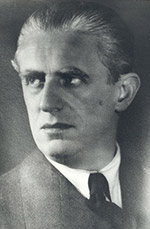
Musician GIANFRANCESCO MALIPIERO was born in Venice on 18th March 1882. He did his studies in Paris and Berlin, where he came into contact with the contemporary expressions of music and assimilated the influences of Debussy, Ravel, Stravinsky.
He spent his life in Rome and the Veneto, teaching in several institutes. In 1939 he became the director of the Conservatoire of Venice.He discovered Asolo in 1910. Attracted by the beauty of the place and in search for a shelter from the city fuss, he stayed there until his death. His strong tie to the town is attested by one of his writings in which he mentions Asolo: La pietra del bando, printed in 1945 and later reprinted in 1990.
A prolific composer, his works include Poemi Asolani, Torneo notturno (1931), I capricci di Callot (1942) and Uno di dieci (1970).From 1925 to his death he held the office of Honorary Inspector of Superintendence for Monuments, which allowed him to deal with the protection of the environment and cultural heritage in Asolo.He died in Treviso in 1973 and was buried in a grave designed by himself, located at the bottom of his house garden in via Foresto Vecchio.
